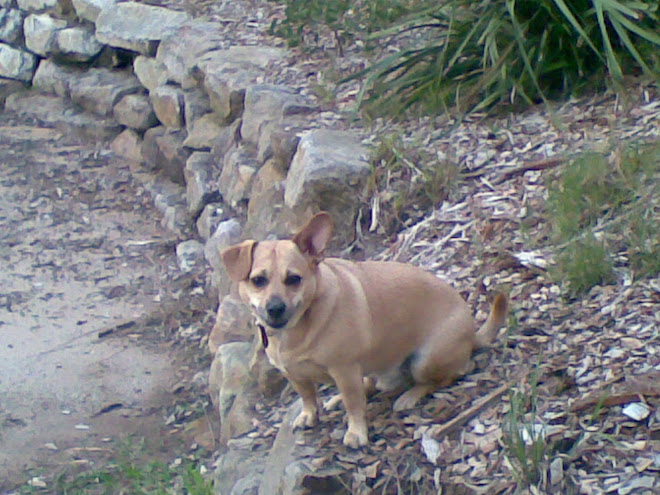I developed the following assignment guidelines to assist me in preparing this assignment.
Assignment 1, Annoted Bibliography
Description
Develop an annotated bank of resources and tips on ‘Being an advanced Internet User’. The final version must be presented as an electronic source – either a web site or a blog.
What is an Annoted Bibliography?
An annotated bibliography is a list of citations to books, articles, and documents. Each citation is followed by a brief (usually about 150 words) descriptive and evaluative paragraph, the annotation. The purpose of the annotation is to inform the reader of the relevance, accuracy, and quality of the sources cited.
Tips
- The URL provided to reach that format must be a direct link.
- The resources (helpful sites) you should include or record in preparation for assignment one are to be of a helpful nature to someone undertaking this unit. You are not limited in any way to skills or software-based sites. In fact, you are encouraged to provide resources that might help someone with the conceptual nature of the information provided in the curriculum.
Example: have you come a cross a site that critiques information ecologies?
Or a site that considers the possibilities of human computer interface? - Make one sentence or so available at the end of your annotation to
mention one of the concepts you think is relevant to that source, state why. - Annotations include a summary and evaluation of a source - these ones
should be at least 200-250 words each in length - Avoid "lists" the summary should be in your own words.
- You should not be quoting in your annotation - you have limited word
space so use it wisely. - Worry more about the content than the navigation of how it is presented
- too much navigation can be difficult for reading! - Most importantly read the example link provided in the
assessment details. - This assignment is designed to both put in practice the skills you have developed in searching for and evaluating information online; and to demonstrate your understandings of how best to communicate and make information meaningful online.
- For each of the modules 1-4 you will list at least two sites (not from the course readings), which you think provide further valuable information or resources to assist in completing that topic. (Or indeed information on a topic or subject that you feel has been omitted).
You should also provide an annotation for each site in your own words that does not merely summarise the information available, but states how and why this site might be useful. For each resource, identify (where possible) which 'concept' or concepts they relate to or illustrate. (This encourages you to start reading and thinking about the concepts document in preparation for your final assignment.)
Starting points
1.Decide on your format.
2. Collect your sources. These can take a number of forms:
Whole websites (such as howstuffworks.com) - however make sure the site, as a whole is relevant. Don't refer to magazine/newspaper site (eg Wired) if it contains useful articles, for example; or blogs articles from online magazines, newspapers or journals (you may also include articles that are available through library databases that can be accessed electronically)
3.Read and investigate each of your sources carefully, putting into practice the search and evaluation methods you have been practicing. Make notes as you go along. Refer also to the concepts document as you read and analyse your sites (hint: follow the links to specific concepts listed in each module. However feel free to refer to any concepts you think appropriate).
4.Write the annotations for each source, keeping in mind what you have been learning about the most effective technical and stylistic presentation of content.
5.Your annotations should state in your own words what information the source provides, perhaps comment on the authority and validity of the source, and clearly state how the source is useful. Where appropriate, state which concept/s the source relates to or illustrates. You should also provide full bibliographic details for each source, not just the URL (our faculty uses APA referencing, however you may use another reference style as long as you are consistent)
6. Decide on the structure of your final site/blog and begin adding content
Submission
Your report should be submitted electronically through the assignments drop box, giving the URL of your finished site or blog.
Example (in APA format)
Waite, L. J., Goldschneider, F. K., & Witsberger, C. (1986). Nonfamily living and
the erosion of traditional family orientations among young adults. American Sociological Review, 51, 541-554.
The authors, researchers at the Rand Corporation and Brown University, use data from the National Longitudinal Surveys of Young Women and Young Men to test their hypothesis that nonfamily living by young adults alters their attitudes, values, plans, and expectations, moving them away from their belief in traditional sex roles. They find their hypothesis strongly supported in young females, while the effects were fewer in studies of young males. Increasing the time away from parents before marrying increased individualism, self-sufficiency, and changes in attitudes about families. In contrast, an earlier study by Williams cited below shows no significant gender differences in sex role attitudes as a result of nonfamily living.

.jpg)
No comments:
Post a Comment